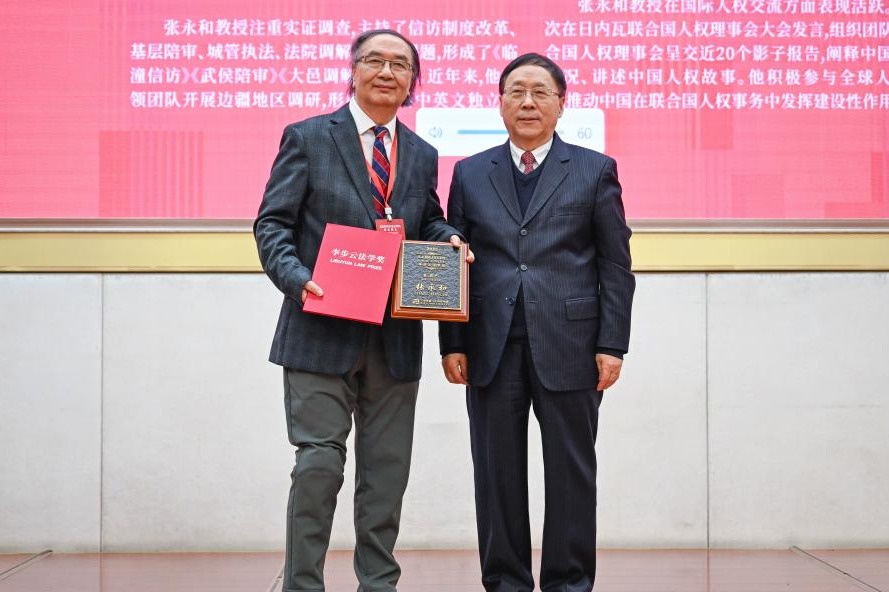New anti-cancer treatment developed by Hong Kong researchers significantly reduces tumour size


HONG KONG -- A new anti-cancer chemical compound was found capable of reducing tumour size and weight by up to two-thirds in laboratory tests done by researchers from the City University of Hong Kong that made results public on Monday.
The problem in the fight against cancer is that the drugs used in chemotherapy are not controllably activated. Like a shotgun, they can impact the growth of a malignant tumour but in the process impair healthy cells, according to the university.
The new chemical compound, phorbiplatin, developed by Zhu Guangyu, Associate Professor in the university's Department of Chemistry and his team can increase the accuracy of chemotherapy. It offers hope for minimizing the damage that normal cells undergo during treatment for a broad range of cancers, in particular for breast and ovarian cancers.
Phorbiplatin triggered by red light appears to result in a 67 percent reduction in tumour size and 62 percent reduction in weight compared with mice treated with oxaliplatin, a widely used anti-cancer drug, used in different forms and methods.
The team also found that the major organs of the mice in the tests were in relatively good condition after treatment; whereas mice treated with previous approaches using oxaliplatin suffered some side effects.
"Essentially phorbiplatin is the first small-molecule platinum (IV) anti-cancer prodrug that can be activated by a red light," Zhu said, "The development of phorbiplatin took us around three years."
A prodrug is one that the body metabolises after it enters the body and becomes an active pharmacological drug.
"Phorbiplatin offers a more efficient and effective means to trigger anti-cancer agents activation in the tumour," Zhu said, adding that a U.S. patent for phorbiplatin is pending.
The research findings for phorbiplatin have been published in the scientific journal Chem.



































